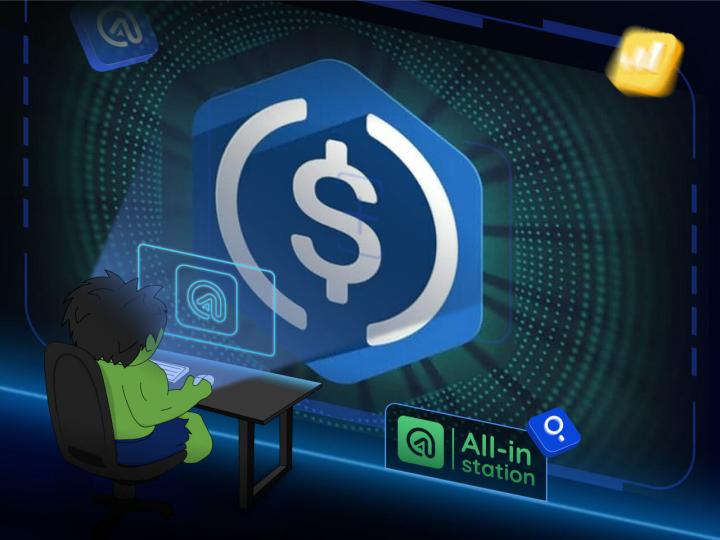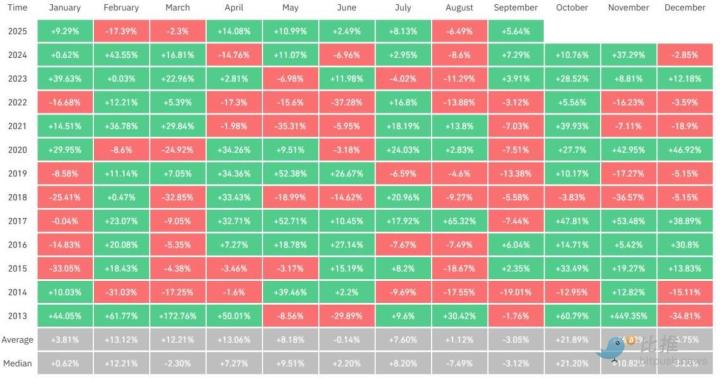We will take a deep dive into the key players in liquidity staking and re-staking on Solana. On Solana, the staking space remains one of the most dynamic modules on the network.
Staking — locking up capital to secure the network and earning a reward — is a core component of DeFi and one of the most powerful sectors of the on-chain economy. Staking requirements vary from chain to chain; for example, Ethereum requires users to stake 32 ETH on a personal node, or users can choose to stake through a liquidity staking service provider such as Lido or Rocket Pool. On Solana, users can stake natively using its proof-of-stake system by delegating to validators without having to run a node themselves.
The convenience of this staking method may be one of the reasons why there is a significant difference between Solana and Ethereum in total staked capital and liquid staked capital. Solana's staked capital is as high as $61 billion, surpassing Ethereum, but it is slightly inferior in terms of liquid stake. On Ethereum, 65% of the staked ETH exists in the form of liquidity, while only 6.5% of Solana's SOL exists in the form of liquid stake tokens (LST), showing that Solana has great growth potential in this area.
This article aims to explore the current status of SOL liquidity staking, the core participants, and the innovative protocols that seize this opportunity. Next, please follow us to find out. 👇
Solana is the leader in liquidity staking
Jito, Marinade Finance, and Jupiter account for 80% of Solana’s liquidity staking market share. Next, we’ll look at what makes these protocols unique and how they’re working to increase their share of the staking market.
JitoSOL by Jito
JitoSOL is not only the largest liquid staked SOL — with 48% of the market share and $1.7 billion worth of collateral — but Jito is also one of the main protocols on Solana.
Jito is known for its massive airdrops, where users can stake SOL and receive JitoSOL to use in the DeFi ecosystem.
One of the highlights of Jito is its innovative approach to MEV (Minimum Extractable Value), which not only maintains the health of the network but also brings higher returns to users. Jito supports special validators that optimize the use of block space and process transactions fairly, preventing bad behaviors such as sandwich attacks or front-running. As a result, this approach makes MEV more active, increasing the returns of JitoSOL holders by about 15%.
As the largest LST on the network, JitoSOL has been deeply integrated into protocols such as Solend, Drift, and Marginfi, and users can leverage it for higher yields on platforms such as Kamino. These integrations create a liquidity loop for JitoSOL, making it the most efficient and popular LST, thereby increasing demand for the asset. Ultimately, Jito's impact on the Solana network is more than just increased staking rewards. Through StakeNet - a decentralized system that optimizes validator performance - Jito improves the performance of the network and distributes rewards fairly, making the network more efficient and secure for all participants.
Marinade Finance's mSOL Marinade Finance ranked second with a 22% market share
Marinade's mSOL has been launched since August 2021, with similar functions to JitoSOL, and its staking rewards gradually increase over time. In July 2023, Marinade launched Marinade Native, which allows users to stake SOL directly and receive rewards regularly, which avoids the risks of smart contracts while retaining control over SOL. In addition, Marinade ensures that stakers will not lose rewards even if they face validator performance issues by requiring validators to submit a deposit.
Although Marinade was once the largest LST provider, its position has since been replaced by Jito. Despite this, Marinade remains an important protocol on Solana, and although its total locked value (TVL) has been lost, its stake has not been lost to Jito, but to Sanctum, a protocol specifically created, promoted, and unified liquidity for LST.
Jupiter's JupSOL
JupSOL ranks third with a market share of 10%. This is the LST jointly launched by Jupiter and Sanctum.
JupSOL has quickly gained market share since its launch in April, offering a version of SOL with instant liquidity directly supported by Jupiter validators. In addition to regular staking rewards and MEV rebates, JupSOL also offers high returns thanks to the 100,000 SOL entrusted by the Jupiter team. In addition, JupSOL has increased Jupiter's transaction processing priority by increasing the stake of its validators, ensuring that its validators can handle more transactions even during busy network hours. As a result, transactions conducted using Jupiter validators on platforms such as Jupiter and Sanctum are more likely to succeed quickly, and users holding JupSOL enjoy higher transaction efficiency and success rates.
What is Sanctum?
Sanctum was originally launched in February 2021 with the goal of unifying the liquidity of these derivatives by allowing whitelisted validators to create and launch their own liquidity staking tokens.
Sanctum's custom LST can be used for a variety of purposes, including increasing yields, enabling NFT whitelisting points, or subscription services. Sanctum solves the key liquidity staking problem, unifying fragmented liquidity and expanding limited LST options through three core features. Sanctum Router enables seamless LST conversions, while Sanctum Reserve provides instant liquidity to unstake. Sanctum's Infinity Pool is a multi-LST liquidity pool that supports an unlimited number of LSTs, unlike traditional pools that only support a few assets. It ensures a fair LST price and dynamically adjusts swap fees to optimize returns, maintaining the proper balance for each LST in the pool. Depositing LST or SOL into the Infinity Pool earns Sanctum's LST or INF, which can be used in DeFi protocols such as Kamino and Meteora.
Sanctum’s vision goes beyond just liquidity staking. Ahead of the token launch on Thursday, Sanctum’s FP Lee laid out a vision centered around three core products.
Overall, Sanctum's strategy enhances liquidity, expands LST usage, and supports the basic on-chain economy through Launchpad, Profiles V2, and Pay. These developments could have a significant impact on the Solana ecosystem by improving liquidity, creating new LST issuance paths, and providing novel LST usage.
Re-staking on Solana
In addition to liquidity staking, Solana has also seen continued progress on the re-staking protocol, leveraging the activity on the mainchain this cycle to expand its use cases.
Early protocols like Cambrian, Picasso, and Solayer aim to incorporate re-staking into Solana’s modular scaling.
Solayer: Re-staking provider Solayer aims to create a network of appchains protected by Solana's economic security. Leveraging Solana's multi-tasking and fast transaction architecture, Solayer is able to improve workload distribution and service customization. This expands Solana's functionality, providing developers with greater consensus and blockspace customization options - especially important given the recent momentum of Solana L2s. Solayer's soft launch in May reached its $20M SOL and LST deposit cap in 45 minutes, demonstrating strong demand and its TVL continues to grow to ~$127M.
Cambrian: Cambrian is developing a modular re-staking layer for Solana to reduce costs and enhance resource allocation to benefit decentralized oracles and AI processors. Their model enables protocols to rent security from Solana, reducing the cost of native solutions and positioning it as an on-chain alternative to cloud providers such as AWS. Its testnet is expected to launch this summer.
Picasso: Originally focused on connecting Solana and Cosmos, Picasso has evolved into a re-staking hub that supports other Solana projects, such as the upcoming re-staking L2 Mantis. Leveraging the Cosmos SDK framework, Picasso connects IBC-enabled chains, enhancing their utility and security. Picasso's universal re-staking layer and IBC protect applications that require temporary or permanent security. This enables SOL and its LST to be re-staked, providing new staking options and facilitating liquidity exchange.
Prepare for growth
Solana will benefit greatly from the expansion of its staking economy.
With a lower percentage of SOL staked in LST compared to the overall staked SOL, protocols such as Jito, Marinade Finance, and Jupiter will continue to thrive as the ecosystem grows. Sanctum has played a vital role in this evolution, solving the problem of liquidity fragmentation. Additionally, while it may be too early to develop re-staking on Solana given the current state of re-staking on Ethereum, it does align with the modular development momentum we have seen in SVM L2 and application chains, which means that protocols such as Cambrian, Solayer, and Picasso can expand the main functionality of the chain and further drive LST growth.
Overall, Solana’s staking economy appears poised for significant growth with innovative protocols, competitive yields, and potential expansion of LST to play a role on-chain and drive a new economy.






